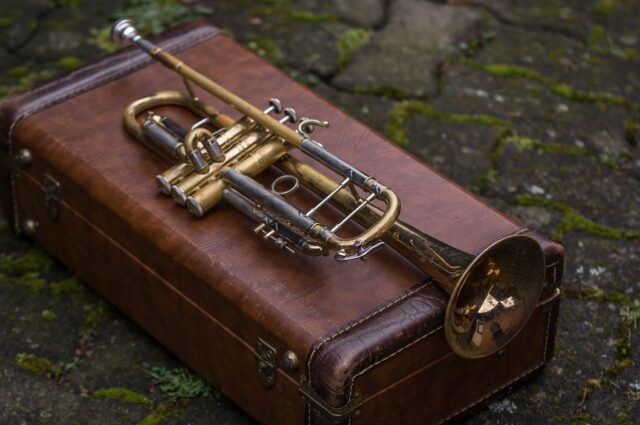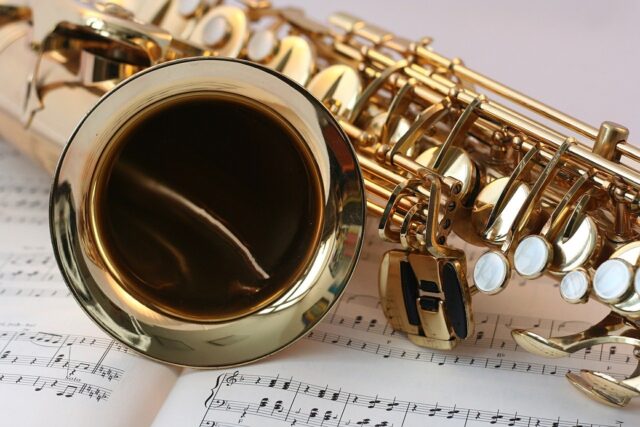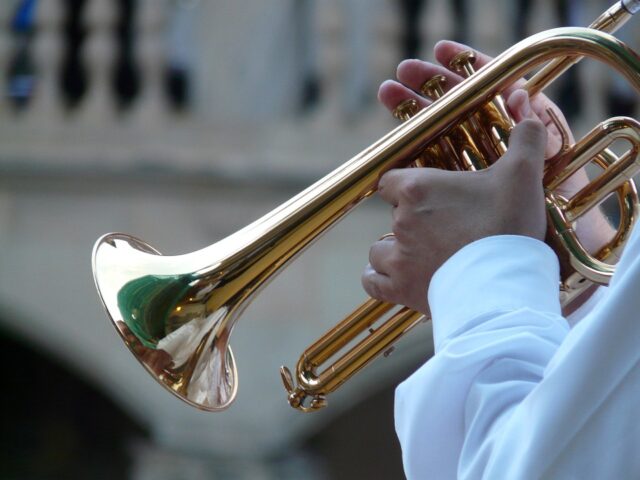
There are two aspects to the creation of a good song. The first one is putting lyrics that make up the thought of the song. The second one is playing the musical instruments to provide the tune that will reflect the emotion of the song.
There are instances wherein numerous musical instruments are played to bring out the full spirit of a song and there are also cases that call for a single instrument to set the song apart from the others. A brass instrument can provide a unique and amazing audible flavor regardless of whether it is used in conjunction with the other instruments or it is the sole instrument played.
The Science Behind Brass Instruments

You can produce sound through a brass instrument by blowing air into its tube. The vibration that your lips create as you blow, in turn, vibrates the air inside the instrument. Different sounds are created depending on several factors such as the manner of how you blow, as well as the length and thickness of the tubes that a brass instrument is made of.
Brass instruments come in a variety of shapes and sizes. Some have more slides, valves, or crooks compared to the others. These help the player manipulate how the sound generated by the instrument in terms of the pitch or notes. According to musicalhow.com, there are numerous musical instrument resources discussed in detail about how a specific note or sound can be produced using the slides or valves in a brass instrument. However, it is important to remember that the greatness of the harmonic series produced from a brass instrument is significantly dependent on the player’s lip and muscle tension, as well as his airflow.
What instruments are included in the family of brass?

Many musical instruments belong to the brass family. The most popular ones are:
Cornet. This is one of the most played brass instruments among musicians, perhaps because of its small size which makes it more convenient to carry. However, it can also be difficult to play because of the deeper V-shaped cup in the mouthpiece that requires a more stringent lip tension from the player. Nonetheless, the cornet blends relatively well into the brass section of a song.
Flugelhorn. The mouthpiece of a flugelhorn has a large inner bore, which entails a higher air consumption and use. Its length is similar to the tube of a trumpet but it is wider. Yet, the style of playing flugelhorn is similar to how a cornet or a trumpet is played.
Trombone. The distinct feature of a trombone is that the sound it can produce is not controlled by valves, but rather by a slide. The slide allows the instrument to draw basic and intermediate tones. Because of the slide, the trombone is considered as one of the brass instruments that are easy to learn.
Trumpet. The playing style between a cornet and a trumpet is somehow similar. However, the trumpet is comparably longer. Because of this, it delivers a brighter and clearer tone. As a result, a trumpet is often played solo.
Tuba. The deep sound that comes from a tuba can be likened to the roar of thunder. A tuba often has three to six valves with a wide-scale length. This results in a wider bore that enables the instrument to produce that deep and thunderous sound. Band musicians often use a sousaphone tuba, which is bent into a circle. This design is intended to fit in the bodies of the musicians, making it easy for them to move around while playing the instrument in a marching band. Additionally, because of its circular shape, the sound produced by a sousaphone tuba often resonates over the heads of the band.
There are still several other brass instruments that produce well-defined sounds based on their design. As a matter of fact, different brass instruments are played in some of the most popular songs of all time as listed below.
“Penny Lane” by The Beatles
You will be able to hear distinctive horns throughout this song popularized by The Beatles. The song was already complete when Paul McCartney had an idea to integrate brass instruments as inspired by a group called The Philharmonia. It was actually the trumpet player of this group who played a piccolo trumpet solo on the track.
“It Ain’t Over ‘Til It’s Over” by Lenny Kravitz
The horn section towards the end of this song is played by the brass players of Earth, Wind & Fire. Except for the string and brass instruments, the rest of the other instruments in this track were already played by Lenny Kravitz himself. In one of his interviews for a magazine, Kravitz mentioned that he came up with the chord structure of this song while he was in a hotel room in LA.
“Crazy in Love” by Beyonce
The brass instruments used in this song were inspired by the brass section played in the track “Are You My Woman (Tell Me So)”. Unlike this song though, “Crazy in Love” was able to carry the energy from the brass instruments throughout the track. With the infallible use of the horn riffs, this song made it to the top of both the US and UK charts in 2003.
“It’s Not Unusual” by Tom Jones
The sound of trumpets and trombones make this track by Tom Jones a swinging classic. Because of this track, Jones was able to establish his style in music. The bouncy tune of the song, however, seems to contradict the lyrics of the song, which is about the pain of seeing the woman you love in the arms of another man.
Brass instruments indeed provide a distinct tone that can complete a song. It can be added into certain sections of the song, even after it is almost complete or it can be played towards the end of the song too. It can also be integrated into the whole song to make it upbeat. A brass instrument can also be used to define the overall style of the artist.







